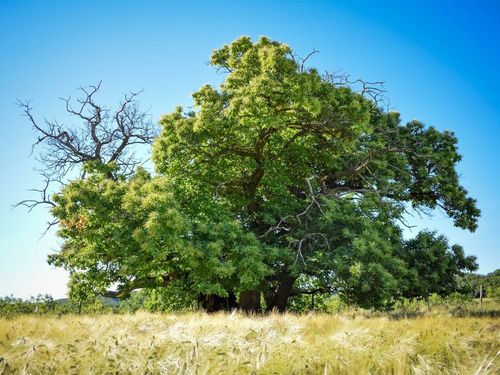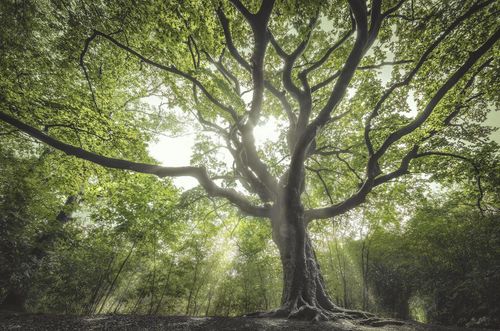The Sycamore Gap Tree: From European Finalist to Symbol of Resilience
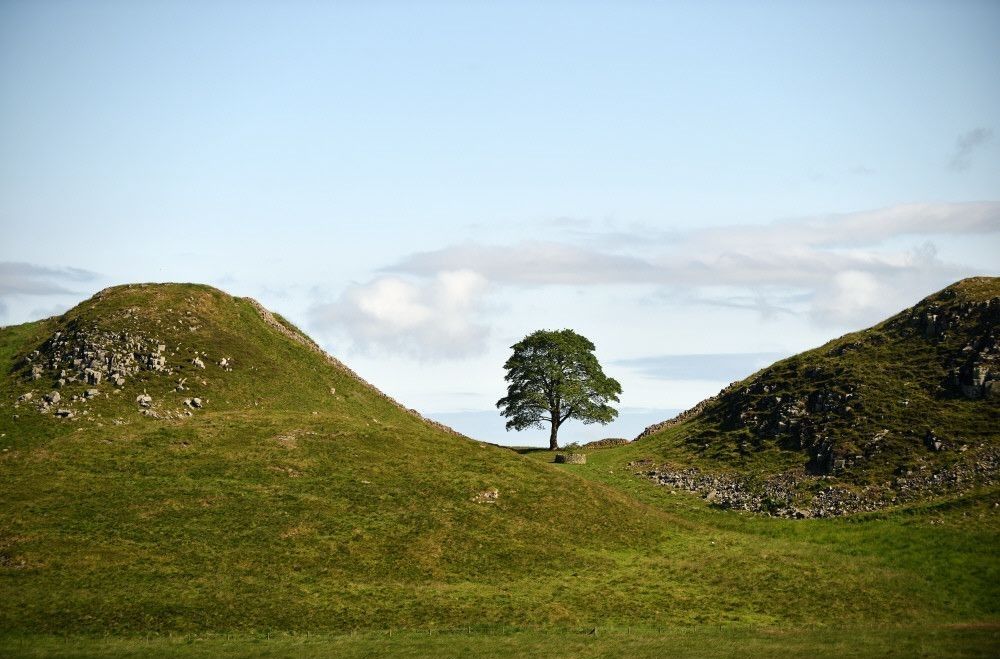
A Tree That Captured European Hearts
Standing majestically in a dramatic dip along Hadrian's Wall in Northumberland, the Sycamore Gap Tree became one of Britain's most recognizable natural landmarks. Its solitary silhouette against the rolling hills earned it the affectionate nickname "the most photographed tree in Britain." But beyond its photogenic beauty, this sycamore carried deep cultural significance for communities across the United Kingdom and beyond.
In 2017, the tree's fame reached a continental scale when it became a finalist in the European Tree of the Year contest. Competing alongside remarkable trees from across Europe, the Sycamore Gap Tree represented not just British natural heritage, but the universal human connection to ancient living monuments. Thousands of people voted for it, recognizing in its weathered branches a symbol of endurance and timeless beauty.
A Night That Shocked a Nation
Then came September 2023, and with it, an act of vandalism that would reverberate far beyond Northumberland. Overnight, the centuries-old sycamore was deliberately felled. When morning light revealed the fallen giant, the reaction was immediate and overwhelming. Social media filled with expressions of grief, disbelief, and anger. For many, it felt like losing a friend—a silent witness to history that had stood through wars, seasons, and generations.
The tree had been more than a picturesque backdrop for photographs and film productions. It represented continuity, a living link to the past, and a promise of permanence in an ever-changing world. Its sudden absence left a void in the landscape and in the hearts of those who cherished it.
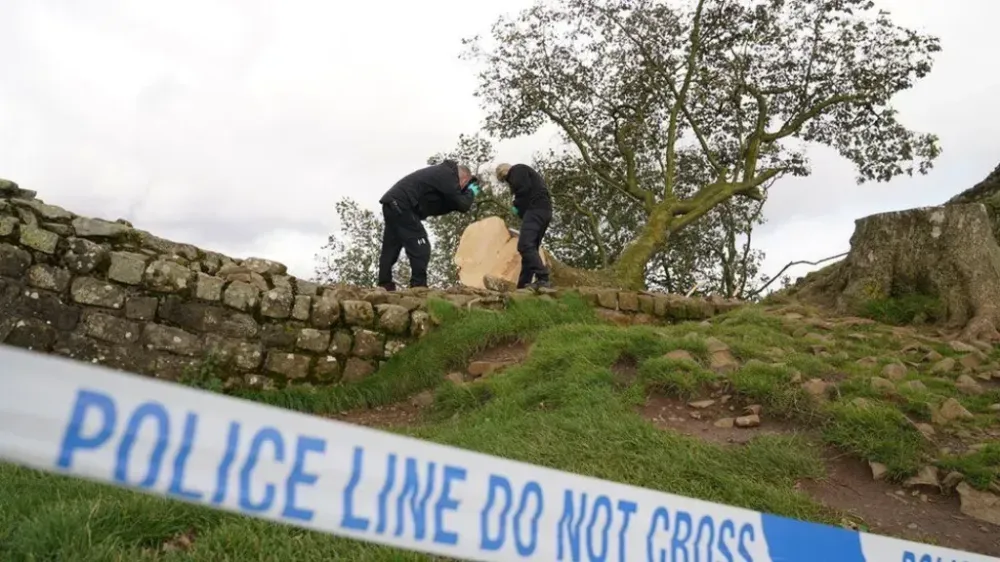
Justice Served
The search for those responsible became a priority for local authorities. In July 2025, justice was finally served when the perpetrator was sentenced to 27 months in prison. The court proceedings highlighted not just the criminal damage to a tree, but the destruction of a cherished cultural asset and the profound impact on public sentiment.
While the sentence offered a measure of closure, it could not undo the damage. The gap along Hadrian's Wall remained, a stark reminder of what had been lost. Yet even as legal proceedings concluded, something unexpected was beginning to happen at the site.
New Life from Old Roots
Against all odds, nature began its own response to the tragedy. From the stump of the felled sycamore, delicate green shoots started to emerge. For botanists, this was a testament to the remarkable resilience of sycamore trees and their ability to regenerate from seemingly catastrophic damage. For the public, these shoots became something more profound—a living symbol of hope and renewal.
Visitors to the site began documenting the progress of these new shoots, sharing images and stories of regeneration. What had been a place of mourning was slowly transforming into a site of cautious optimism. The original tree might be gone, but life was asserting itself once again in that iconic gap along the Wall.
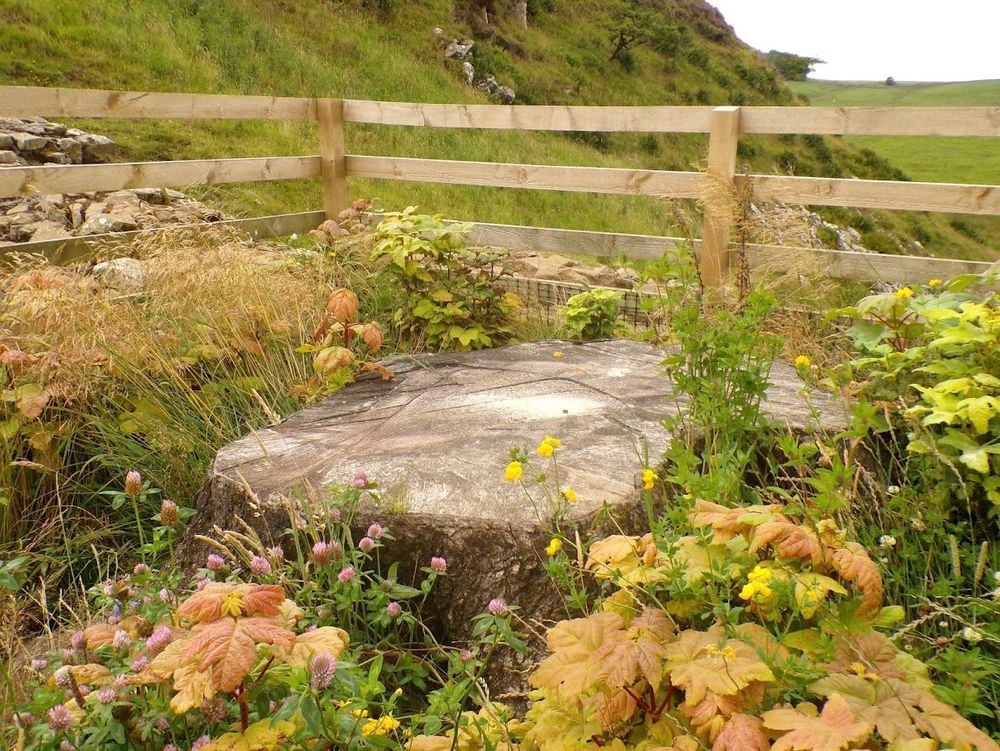
Preserving the Legacy
While nature worked to create something new at Hadrian's Wall, efforts were underway to preserve the memory of the original tree. Parts of the felled sycamore were carefully recovered and conserved. In summer 2025, the Great North Museum in Newcastle opened a special display featuring sections of the tree, allowing visitors to see—and even touch—pieces of this beloved landmark.
The museum exhibit contextualizes the tree's significance, telling its story from ancient sapling to cultural icon to symbol of resilience. It offers a space for reflection on our relationship with nature and the importance of protecting the trees that become woven into our collective identity.
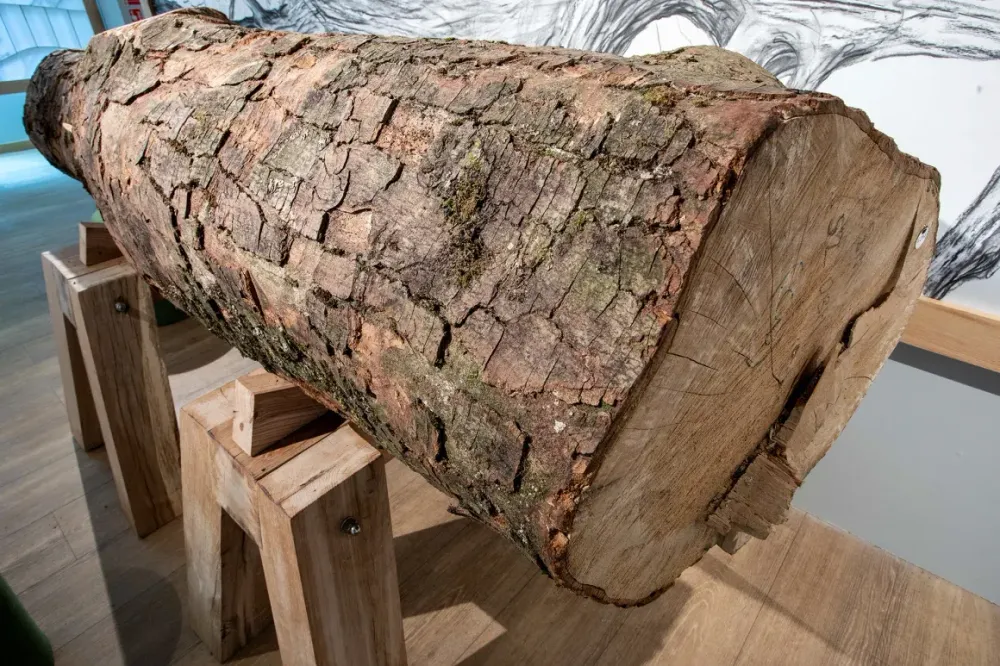
A Story That Continues
The Sycamore Gap Tree's journey from European Tree of the Year finalist to victim of vandalism to symbol of regeneration is more than just a story about one tree. It reflects our deep-rooted need to connect with nature, the pain we feel when that connection is violated, and the hope that emerges when we witness nature's resilience.
Today, the site along Hadrian's Wall continues to draw visitors. Some come to mourn what was lost, others to marvel at the new growth emerging from the old stump. All are reminded that even when cut down, life finds a way to begin again—and that the stories we tell about trees are ultimately stories about ourselves and what we value most.
